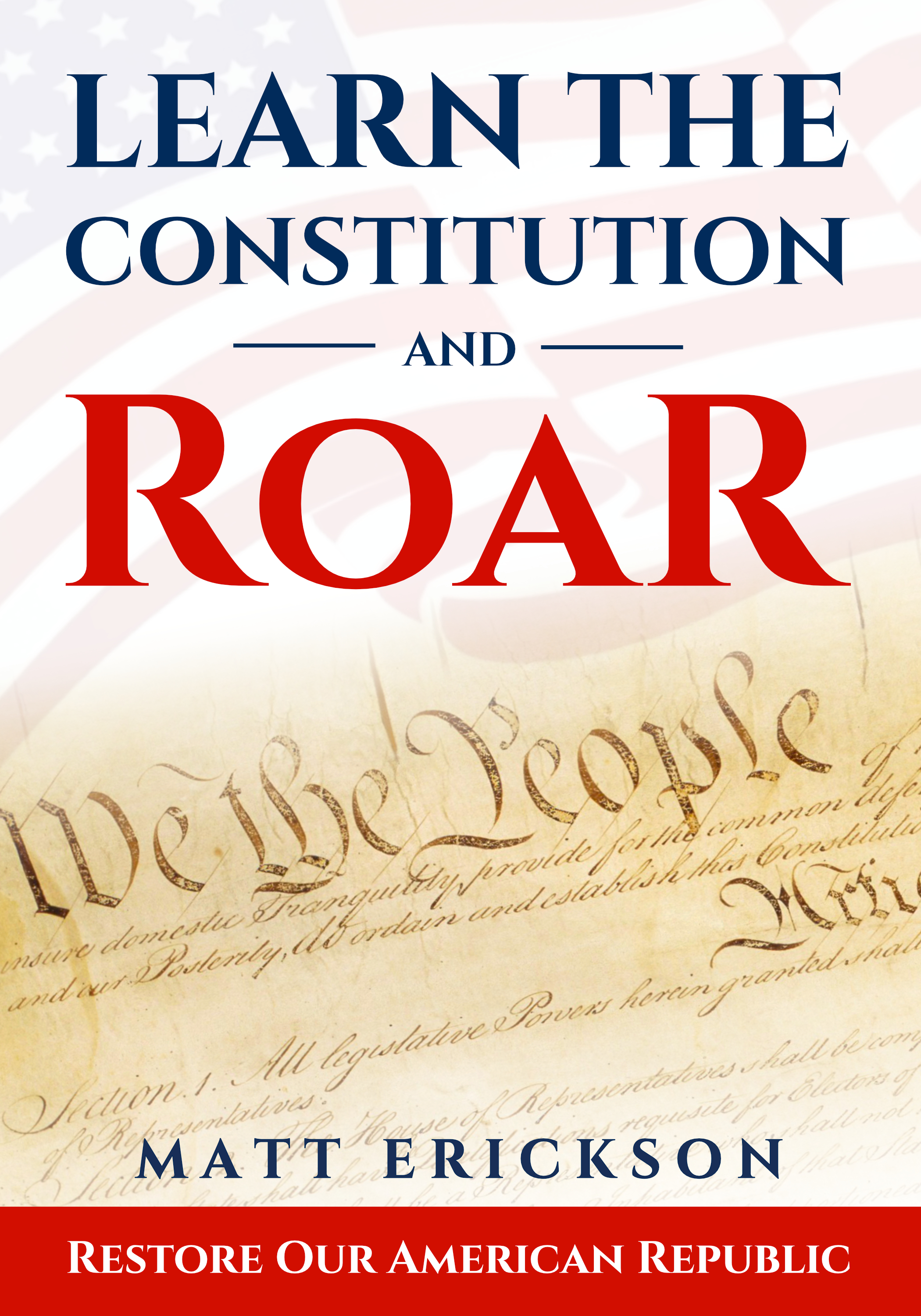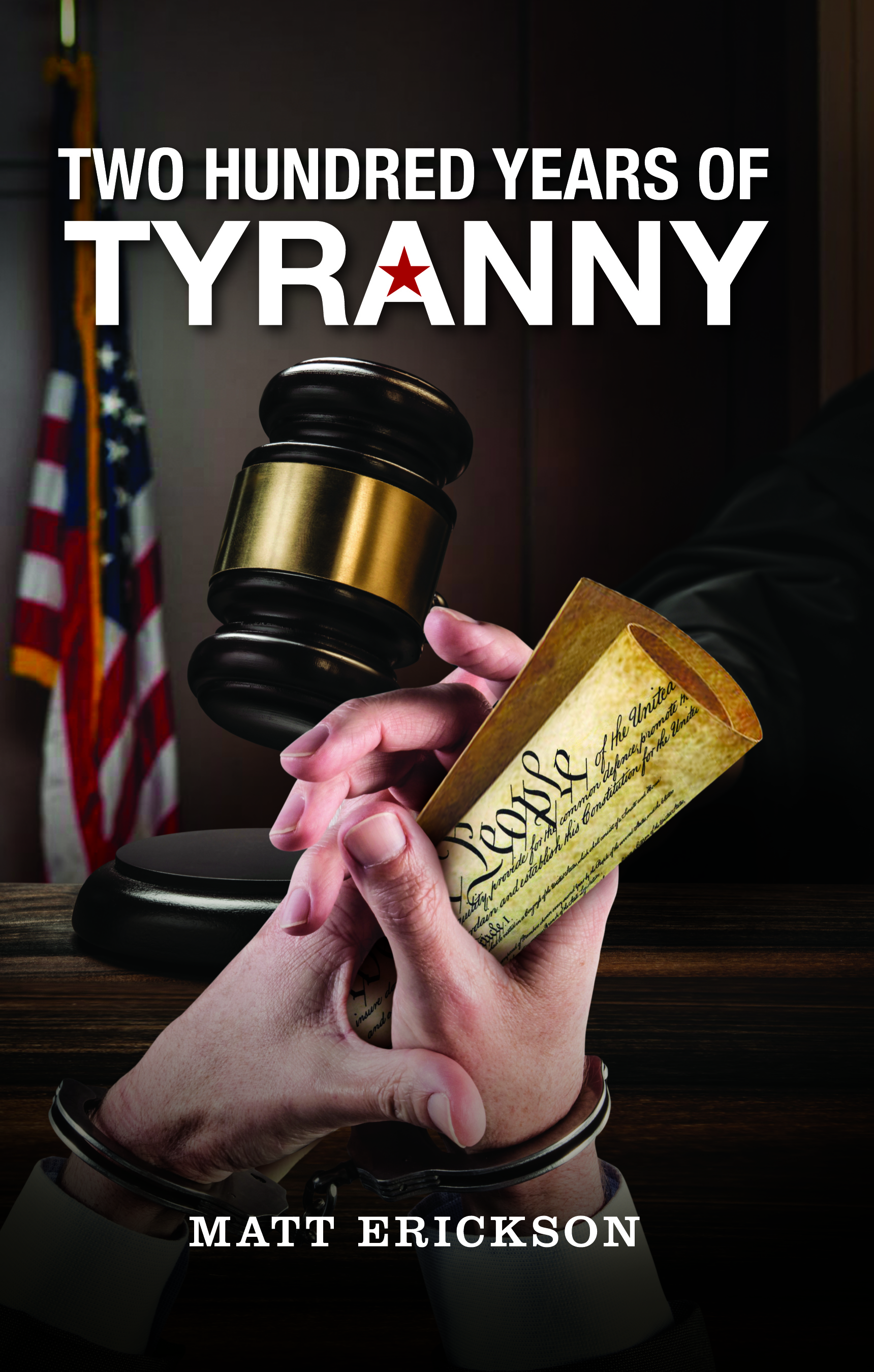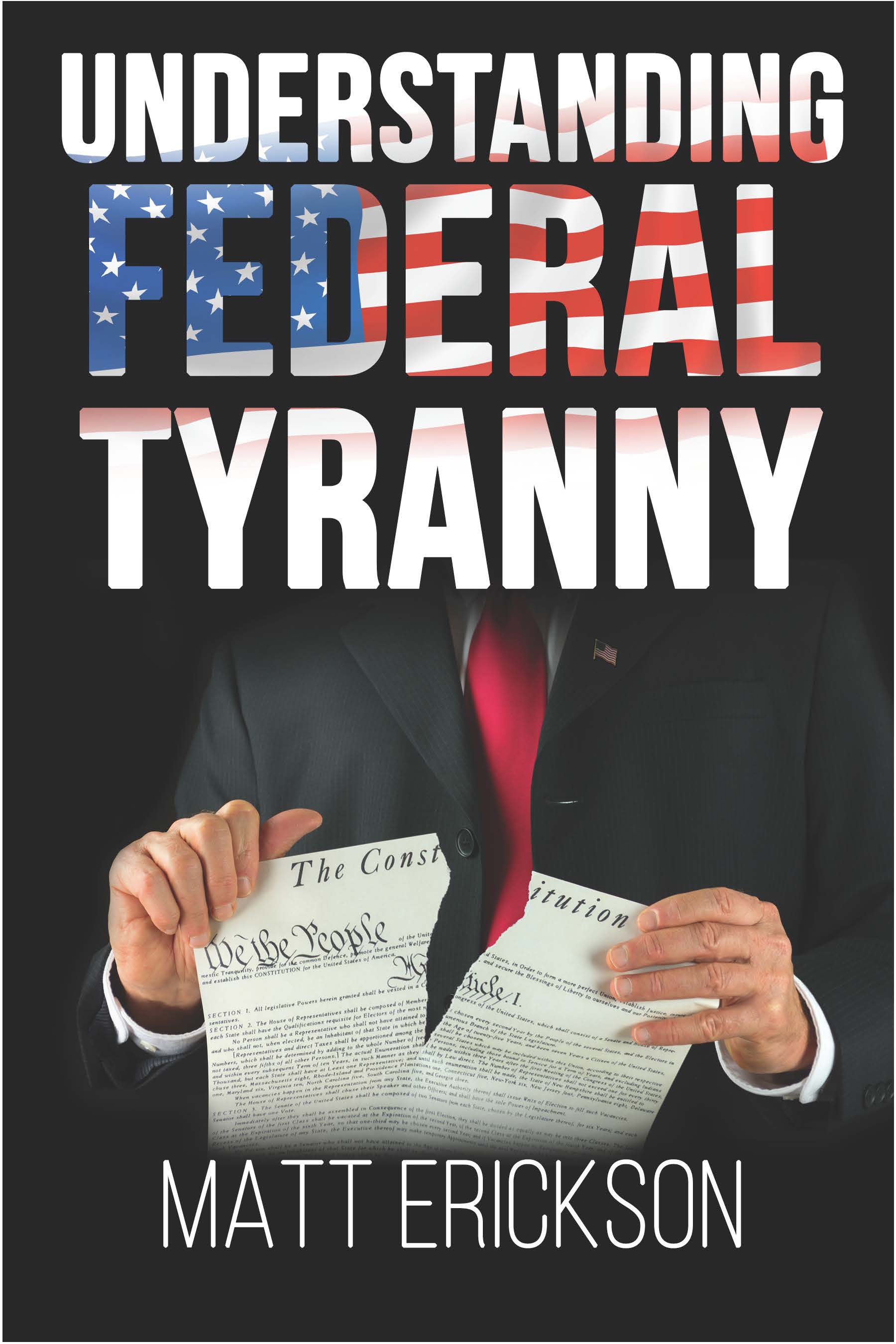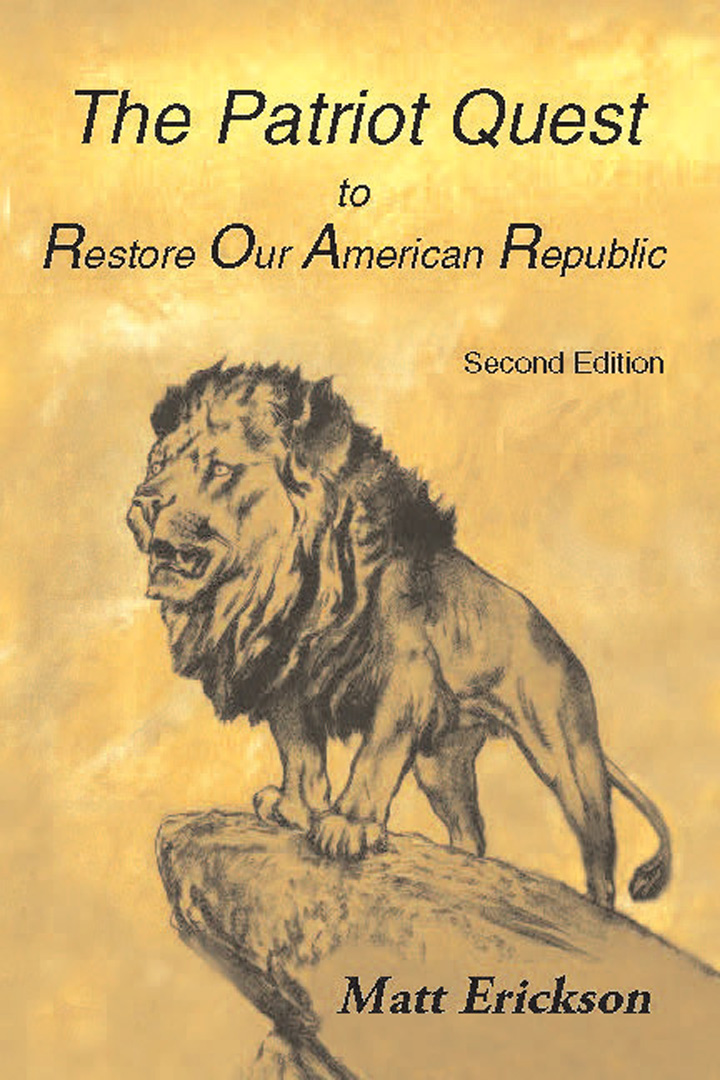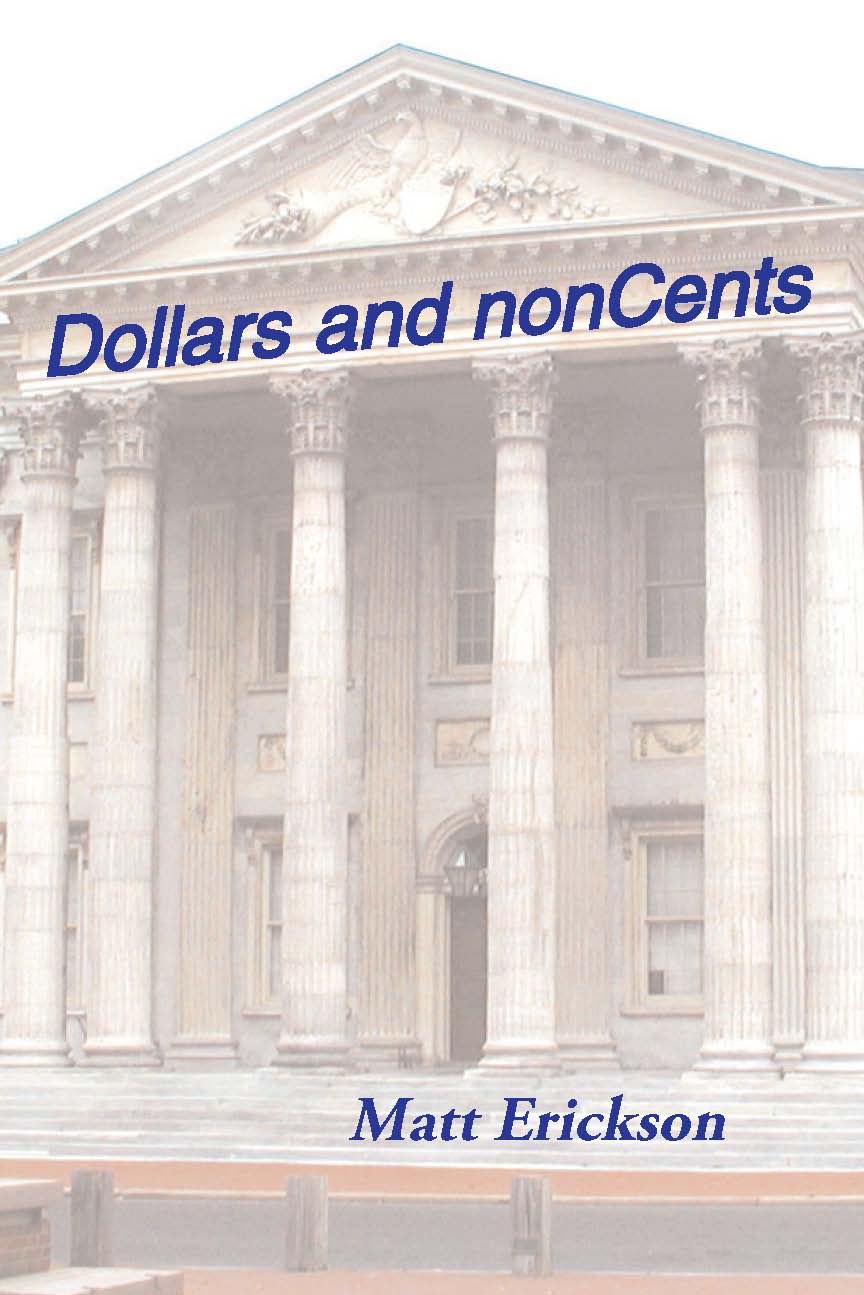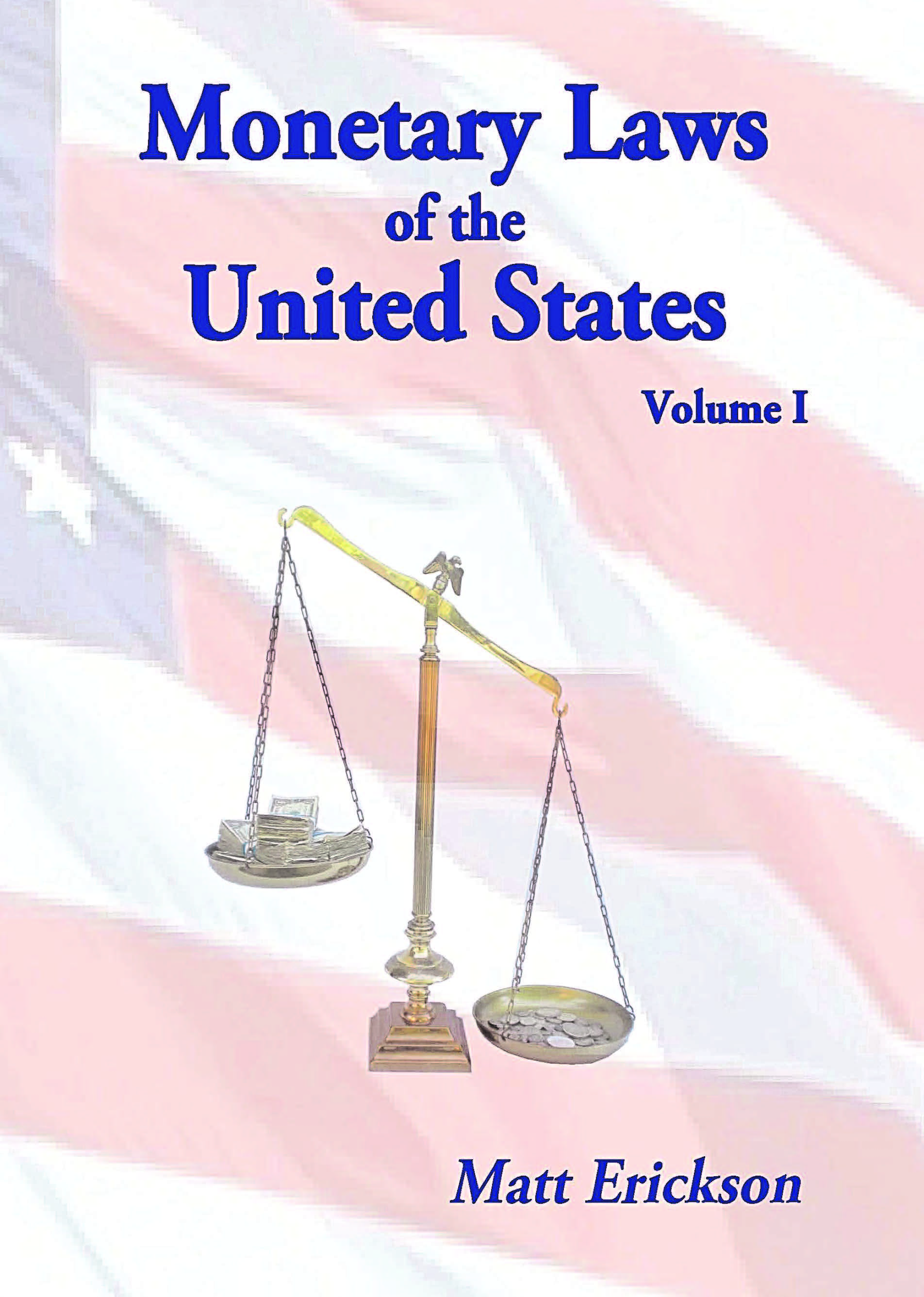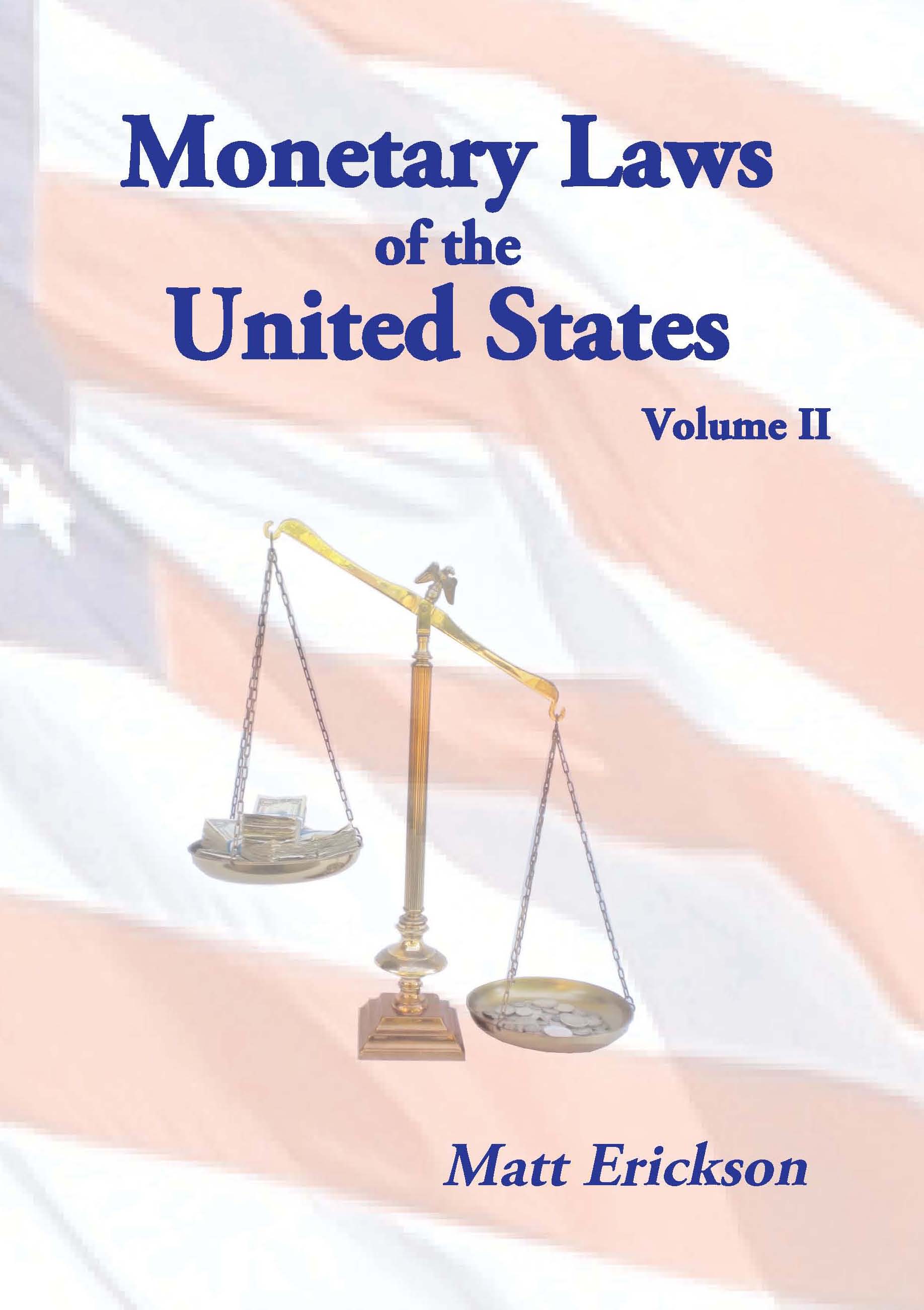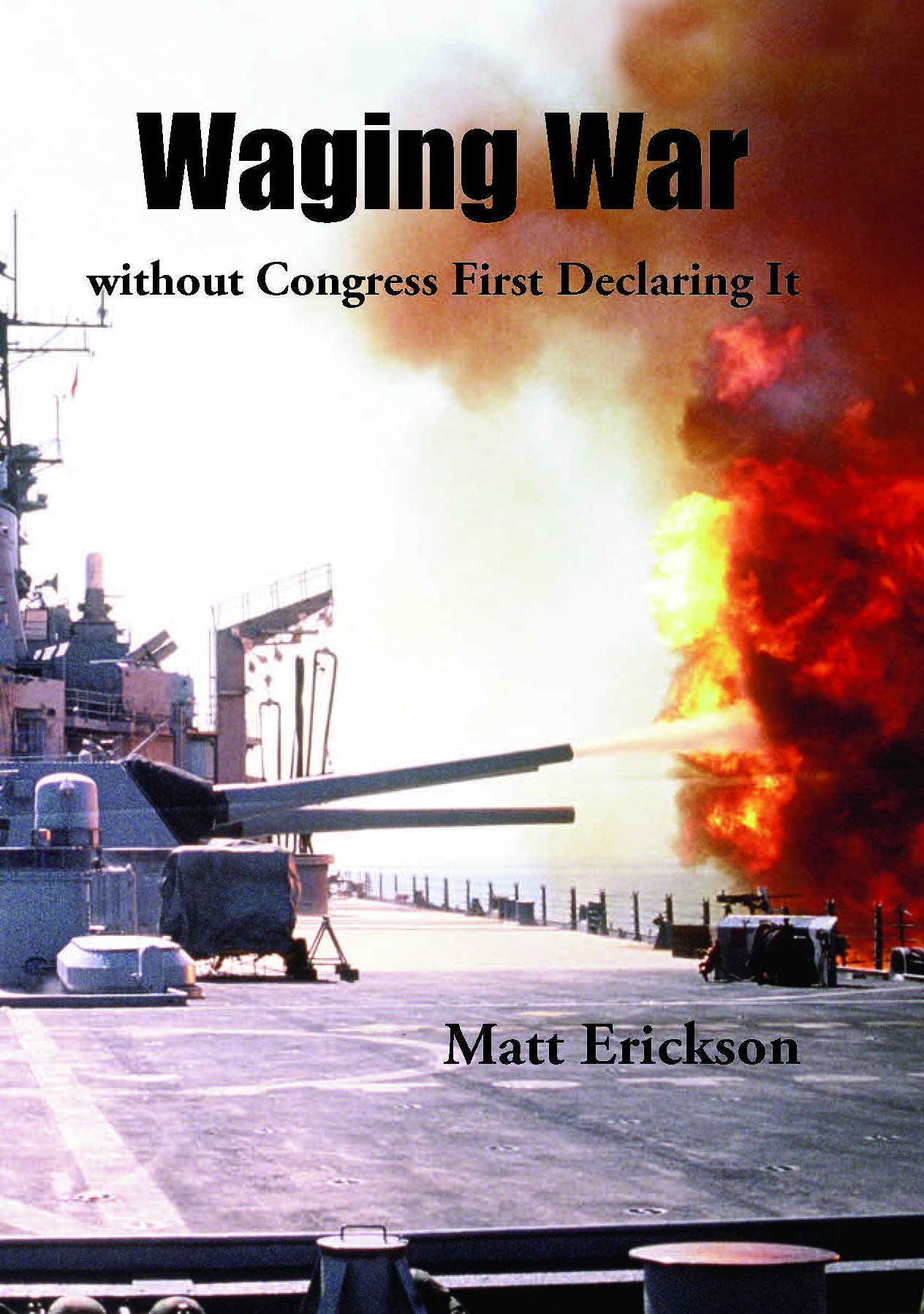Patriot Corps
Pursuing Liberty and Limited Government,
Outside the Election Process

Non-Fiction Books
LearnTheConstitution And ROAR
LearnTheConstitution And ROAR teaches the normal case, of allowable federal action, based upon strict-construction of the originally-ratified U.S. Constitution, covering from the Preamble through Article VII (the amendments will be covered in a separate work).
It is essential to know well the normal case, of allowable federal action, before studying the abnormal case, which involves actions beyond the spirit of the Constitution, so one won’t be swayed by a lifetime of lies.
Lies such as members of Congress and federal officials’ sworn oaths not being simultaneously binding, for instance, supposedly enabling federal servants to become our political masters and then do as they please, everywhere in the Union, with impunity.
Thankfully, nothing ever done by federal servants may ever change the Constitution or their allowed powers that they may everywhere in the Union directly exercise (only ratified amendments change allowable federal powers and only the States ratify amendments).
Therefore, Americans may cast off everything beyond the spirit of the Constitution, because we don’t need to change government, for it hasn’t actually changed beyond the 27 ratified amendments.
Americans need only to learn to look behind the curtain and learn to see through The Make-Believe Rule of Paper Tyrants and then respond accordingly, to Restore Our American Republic, Once and For All or even Happily-Ever-After.
Two Hundred Years of Tyranny
Two Hundred Years of Tyranny reveals the cunning mechanism Chief Justice John Marshall used to transform the limited federal government model the Framers gave us, to the all-powerful government model Alexander Hamilton had sought at the Constitutional Convention of 1787, but didn’t get.
While Marshall laid the groundwork in 1803 with Marbury v. Madison and in 1819 with McCulloch v. Maryland, it was his obscure March 3, 1821 decision of Cohens v. Virginia that sealed America’s fate, when Marshall simply wrote:
“The clause which gives exclusive jurisdiction is, unquestionably, a part of the Constitution, and, as such, binds all the United States.”
And, with these magic 21 words, the inherent power Congress may legally use within the District of Columbia was allowed to escape District boundaries and bind the States, whenever Congress intended.
Marshall merely exploited the inherent contradiction that currently exists between the letter and spirit of the Constitution. While the spirit would restrict exclusive legislation laws to the District Seat, Marshall held that the strictest letter (of Article VI, Clause 2) holds even Article I, Section 8, Clause 17 to be part of the supreme Law of the Land that bind the States.
Read Two Hundred Years of Tyranny to learn how Hamilton and Marshall pulled off their political coup, how we may throw off tyranny, overturn Cohens and permanently restore our lost American Republic.
.
Understanding Federal Tyranny
Understanding Federal Tyranny begins with a two-chapter overview, to provide a general framework to explain how government servants effectively became our political masters.
Then, the last three chapters “follow the money” to prove true the outline in a specific case (the case of how our lawful money of gold and silver coin was effectively replaced with irredeemable paper currency).
Understanding Federal Tyranny answers The Peculiar Conundrum— the odd phenomenon of how members of Congress and federal officials are able to bypass their constitutional restraints, with impunity, despite the chains of the Constitution otherwise.
By accurately diagnosing the cause of that single political problem (which has a thousand irrelevant symptoms) and applying the appropriate cure, Patriots may finally Restore Our American Republic, Once and For All and/or Happily-Ever-After (the nicknames of the two amendments herein proposed).
Watch
Listen
The Patriot Quest to Restore Our American Republic
While Patriots repeatedly complain that progressives ignore the U.S. Constitution with impunity, The Patriot Quest shows in reality that there is only strict construction of the Constitution, and those who act contrary to the spirit of the Constitution are, surprisingly, the ones who necessarily hold its letter up to its strictest terms.
To back up that claim, The Patriot Quest examines the precedent-setting 1871 Supreme Court case which first upheld paper currencies as legal tender (despite earlier court rulings which upheld a legal tender of only gold and silver coin).
Understanding how the federal government acts in this particular case actually allows Patriots to understand how government acts "in all Cases whatsoever” with arbitrary power which has defied all previous attempts to limit it.
With the knowledge of how omnipotent government has been successful to date, a blueprint may thankfully be formed to finally Restore Our American Republic once and for all; to reclaim limited government operating again under strict construction of the whole Constitution, the likes of which America has not seen for 150 years.
Dollars and nonCents
For increasing numbers of liberty-minded Americans, these United States of America today stand uncomfortably close to the perilous edge which descends into absolute tyranny.
But America needn't fall into that abyss; we must simply understand precisely how government has creatively expanded beyond the spirit of the Constitution to be able to pull her back within it.
Dollars and nonCents discloses how our money of gold and silver coin was cunningly removed from circulation and deceptivel substituted with a destabilizing legal tender paper currency.
Understanding how the federal government acts in this particular case allows us to understand how it acts "in all Cases whatsoever," in all cases except where it is expressly prohibited, with a power which has defied all attempts to limit it.
With this knowledge, a blueprint may then be formed to restore liberty and justice once and for all, with limited government again operating under strict construction of the whole Constitution.
Monetary Laws of the United States, Vol. I
Executive Order Number 6102 issued by President Franklin Delano Roosevelt on April 5, 1933:
"All persons are hereby required to deliver on or before May 1, 1933, to a Federal Reserve Bank or a branch or agency thereof or to any member bank of the Federal Reserve System all gold coin, gold bullion and gold certificates now owned by them or coming into their possession on or before April 28, 1933."
Executive Order number 6102, issued by F. D. R. at the height of the Great Depression, effectively removed gold coins, gold bullion, and gold certificates from private ownership for the next 40 years. All “persons” were required to give up their gold and receive non-redeemable paper notes under threat of $10,000 fine and ten-year imprisonment.
Yet, the Fifth Amendment to the Constitution for the United States of America details:
"No person shall...be deprived of...property, without due process of law; nor shall private property be taken for public use, without just compensation."
Can Executive Order number 6102 be enforced in the United States against all persons, read under the righteous light of the Fifth Amendment? Can a mere Executive Order over-ride the Fifth Amendment to the Constitution? Can Americans be lawfully deprived of their rightful money of gold and silver coin?
Or is the true answer something else entirely? Also, does the U.S. Constitution allow Congress to make paper currencies a legal tender in the United States of America?
Monetary Laws of the United States answers these and many other intriguing questions, showing the reader the intricate mechanisms used by government to expand far beyond the spirit of the Constitution, using the monetary powers of Congress to expose the methodology.
Monetary Laws uncovers how the government operates much like the wizard in the MGM movie classic, The Wizard of Oz (based upon L. Frank Baum's book The Wonderful Wizard of Oz). There has been a long line of people seeking favor from the wizard as he disperses of vast amounts of other people's wealth to maintain his power.
The wizard uses a spectacular sound and light show and blows thunderous, hot air in a forbidding and authoritative manner to cause those standing before him to quiver. However, when the dog Toto pulls back the curtain, one finds only an ordinary man without any special attribute but deception.
This author has taken it as his job to follow the lead of the small dog with a little brain but who trusted his nose, exposing the fraud and bringing it to the attention of others by incessant barking.
Read Monetary Laws to learn how to reclaim Life, Liberty, and Property under limited government, so that Americans may once again have the freedom to pursue Happiness.
Monetary Laws of the United States, Vol. II
Monetary Laws of the United States, Volume II, contains a compilation of America’s monetary laws all in one place, for greater ease of study.
The book is dividing into the following Appendices:
Appendix Topic
A. Organic Documents
B. Mint Statistics through 1902
C. Preliminary Coinage Reports
D. Primary Coinage Acts
E. Secondary Coinage Acts
F. Foreign Coinage Acts
G. Commemorative Coinage Acts from 1891-1954
H. Modern Commemorative Coinage Acts
I. Acts regarding Mints and Assay Offices
J. Acts Regarding Notes
K. Criminal Monetary Jurisdiction Acts
L. The Great Deception & the Duping of America
M. Miscellaneous Acts
N. Monetary Portions of Title 31 of the United States Code
Waging War without Congress First Declaring It
Not surprisingly, the U.S. Constitution enumerates extensive war powers—including the power of Congress “To declare War” and the power of the President as “Commander in Chief of the Army and Navy of the United States...” to wage it.
Yet, the United States’ last declared war was World War II (1941-1945), hardly America’s last prolonged military conflict.
No formal declarations of war were ever declared for any of the later so-called “wars” of Korea (1950-1953), Vietnam (1964-1973), Iraq (off and mostly on since 1990) or Afghanistan (2001-present), or any number of smaller incursions in-between.
With 100,000 American combat deaths from these non-declared wars and over $5 trillion (present-day dollar value) borrowed to fund them, the United States’ odd affair with undeclared wars continues to plague us.
Whether the President cites authority under the U.N. Charter instead of the U.S. Constitution (like President Harry S. Truman, when sending troops into Korea) or points to open-ended military discretion given by Congress (like President Lyndon B. Johnson, when sending in troops into Vietnam), the Constitution is effectively bypassed when members of Congress allow the President the discretion to decide when to commit troops to long-term battle.
Waging War without Congress First Declaring It examines the peculiar phenomenon of American Presidents repeatedly engaging in protracted armed conflicts without Congress first declaring war.
